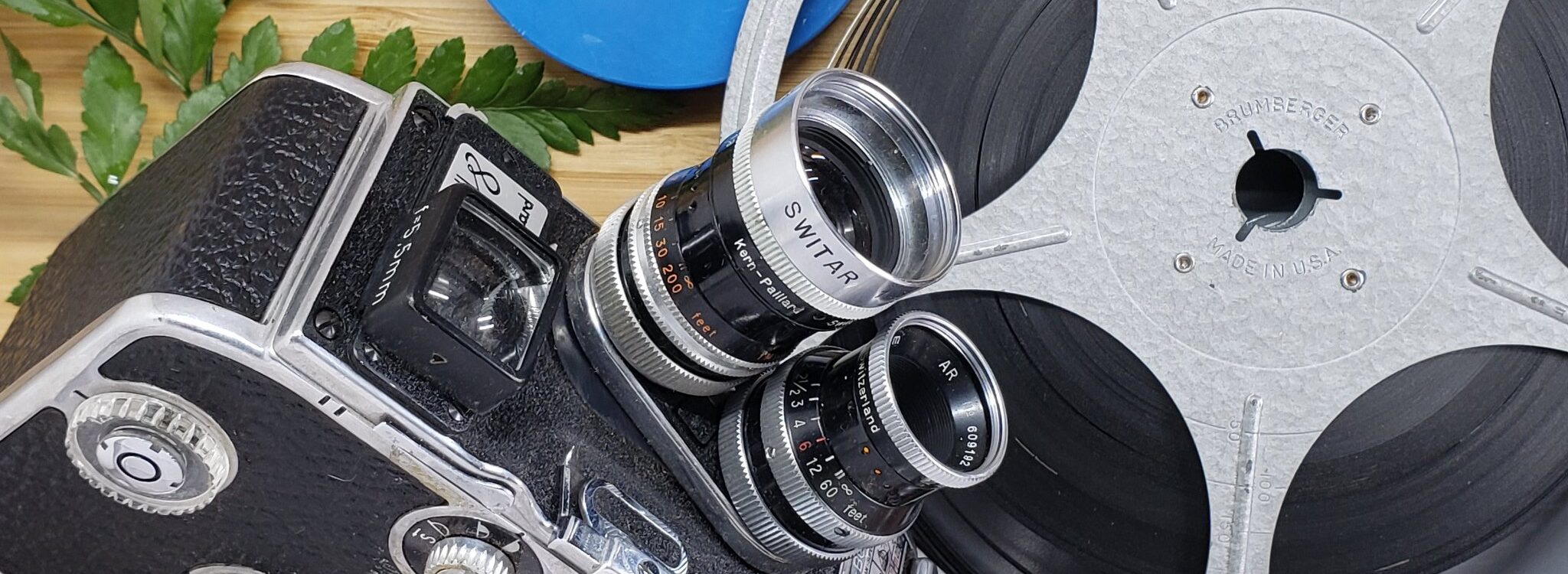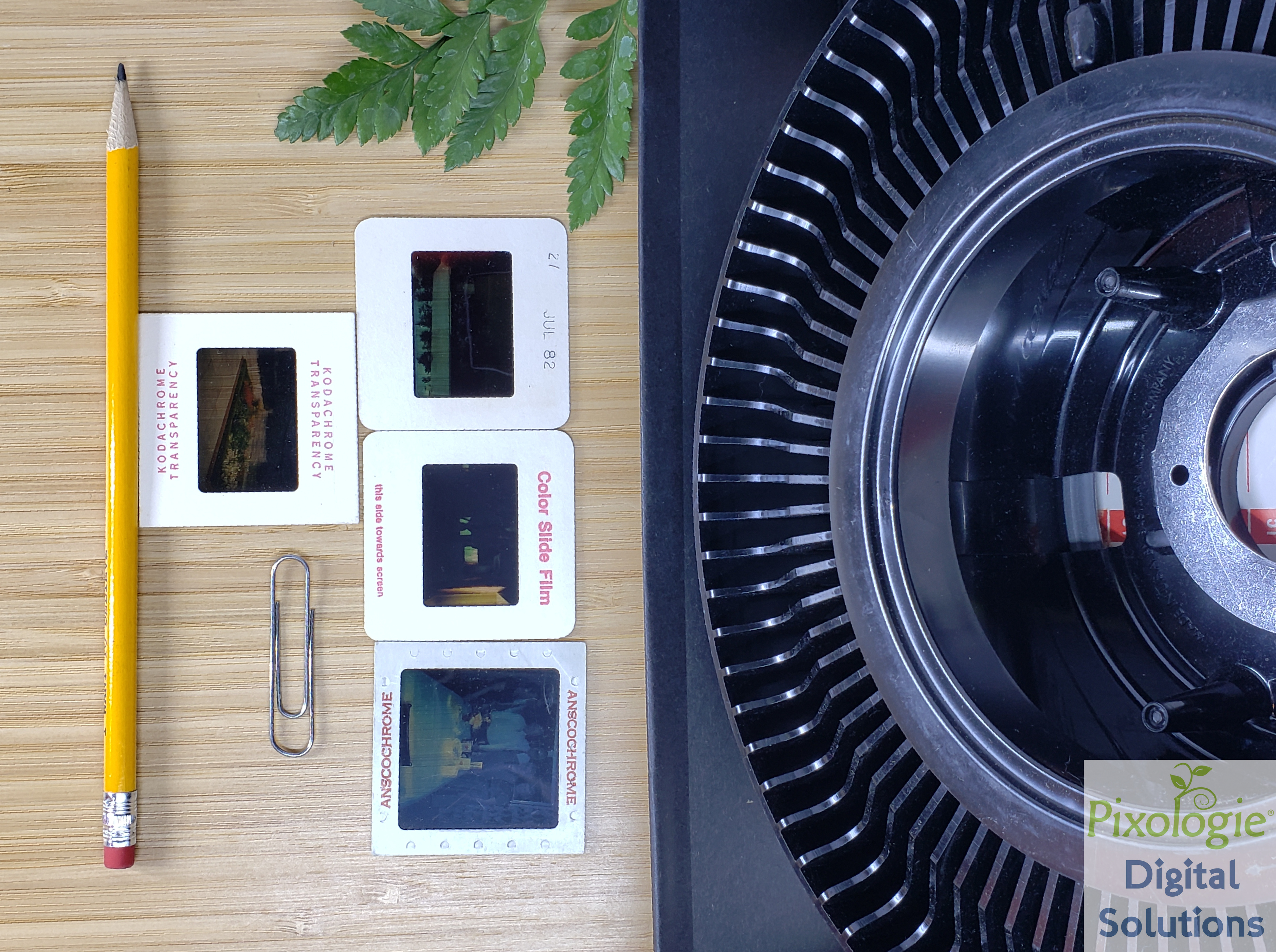
Slide and Negative Scanning
Restore your slides and negatives to a format that can be more easily accessed in this digital age. We can create and restore digital versions of these formats to ensure your family’s artifacts will be available for years to come. This includes a high-quality scan of between 3000 – 4000 dpi, so prints are possible if you chose to do that in the future. It also includes basic color correction and cropping if necessary. Your files are returned to you on an External Hard Drive or Flash drive you provide, or you may purchase one from us. Price dependent on memory size needed.
We can scan most formats of negatives and positives (Slides), large or small. Including but not limited to 35mm, 120, 110, 126, 4″x6″ Large Format negatives, negative discs (Kodak Disk), glass slides, etc. Please contact us for more information.
Additional Questions:
How will my items be returned to me?
They will be in jpg format, the jpg format is universally standard and easy to open and share. If you want another format let us know when you place your order. Additional fee maybe charged for larger Tiff files for example.
How many copies of my files will I get?
We will make up to 5 copies at no additional cost with purchase or delivery of the Flash Drives or External Hard Drives. We want you to have redundancy to help keep your memories secure.
What type of flash drives or external hard drives should I get?
At the end of digitizing your items will will give you the total amount of space your files need. When purchasing get slightly larger than the amount of space needed as they are not actually the exact size stated on the package. Go with name brand and the 3.0 or higher generation for speed of transfer. Here are our suggestions for
Flash drives: 128 gb Sandisk and 256 gb Sandisk
External hard drives are larger and are great for storing all your video and photo files.
External hard drives :2 TB WD, 5 TB WD
How do I store my slides for preservation after scanning:
35 mm slide protector pages is our product of choice. They are clear and if you wanted to ever refer back to one you can hold it up to a light and find it easily without digging through a box. We also write any reference notes given on the top of the page, and put them in the order we find them.
Binder to put slide storage pages into.
How can I view my slides/negatives for organizing?
To sort through slides it is helpful to have a slide viewer, here is our suggestion:
Do you clean my slides/negatives before you scan them?
We do clean them with an air rocket that uses a blast of air to blow off loose dust and debris. We also have a small non static brush that we can use if there is something stubborn stuck on. Mold does not clean off, the mold eats the emulsion so there is a hole in the image, not something on it. The digital images can be digitally edited to look better if you choose that service.
What is DPI and why so many?
DPI stands for “Dots Per Inch”. Which isn’t really dots per inch but really pixels per linear inch. The goal in scanning is to gain as much information in scanning as you would need for future use. For negatives and slides which are small you need to scan with very high dpi ~4000 dpi is generally thought of as the “sweet spot” not too much but not too little. If you scan lower dpi for negatives or slides you won’t have the information in the file to have a clear crisp photo print.




